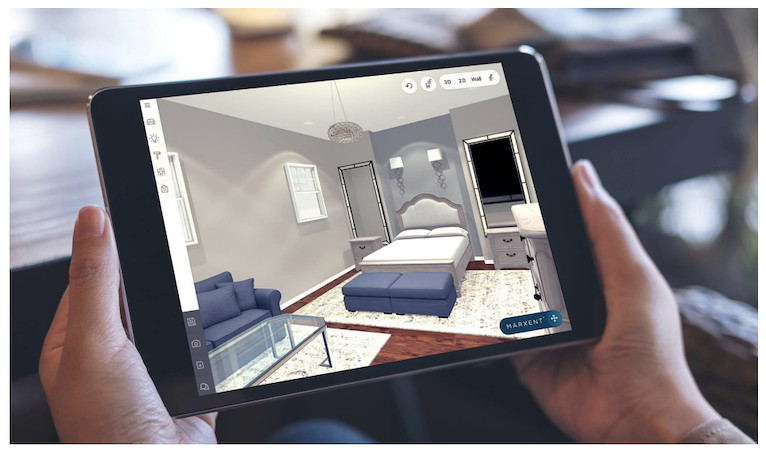WebGL Development
Before you start developing apps on Unity WebGLA JavaScript API that renders 2D and 3D graphics in a web browser. The Unity WebGL build option allows Unity to publish content as JavaScript programs which use HTML5 technologies and the WebGL rendering API to run Unity content in a web browser. More info
See in Glossary, you might want to consider reading this section.

This section covers the following WebGL topics:
| Page | Description |
|---|---|
| WebGL Native plug-ins for Emscripten | WebGL native plug-insA set of code created outside of Unity that creates functionality in Unity. There are two kinds of plug-ins you can use in Unity: Managed plug-ins (managed .NET assemblies created with tools like Visual Studio) and Native plug-ins (platform-specific native code libraries). More info See in Glossary for Emscripten. |
| Memory in WebGL | How to manage memory in WebGL. |
| Cache behavior in WebGL | Customize the WebGL Cache behavior. |
| Interaction with browser scripting | The different methods used for browser scripting in WebGL. |
| Input in WebGL | The various input types that Unity WebGL supports. |
| Debug and troubleshoot WebGL builds | Debug and troubleshoot WebGL builds. |
| WebGL performance considerations | WebGL performance considerations. |
| WebGL Networking | How to use networkingThe Unity system that enables multiplayer gaming across a computer network. More info See in Glossary in WebGL. |
| Cursor locking and full-screen mode in WebGL | Cursor locking and full-screen mode support in WebGL. |
| WebGL browser access | Manage browser authorization to access a device feature (webcam). |
Additional Resources
Copyright © 2023 Unity Technologies
优美缔软件(上海)有限公司 版权所有
"Unity"、Unity 徽标及其他 Unity 商标是 Unity Technologies 或其附属机构在美国及其他地区的商标或注册商标。其他名称或品牌是其各自所有者的商标。
公安部备案号:
31010902002961